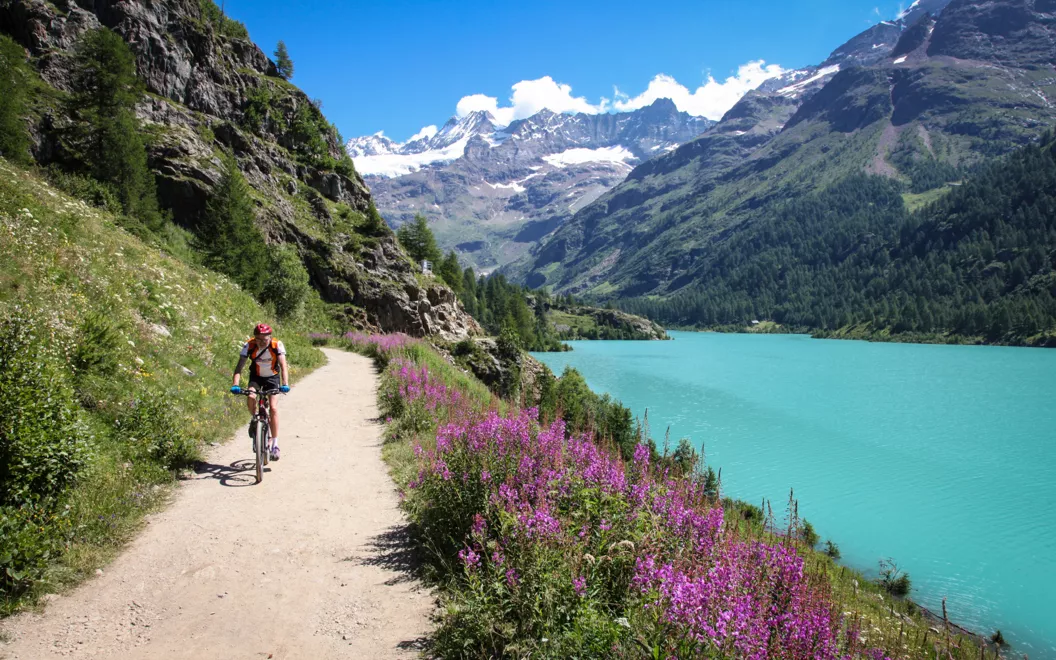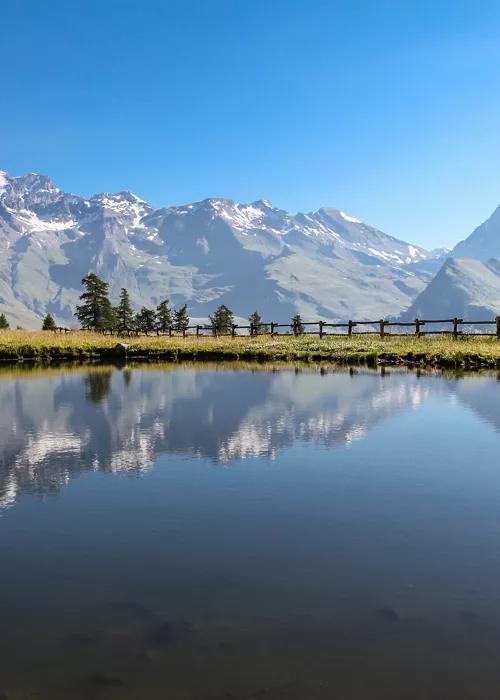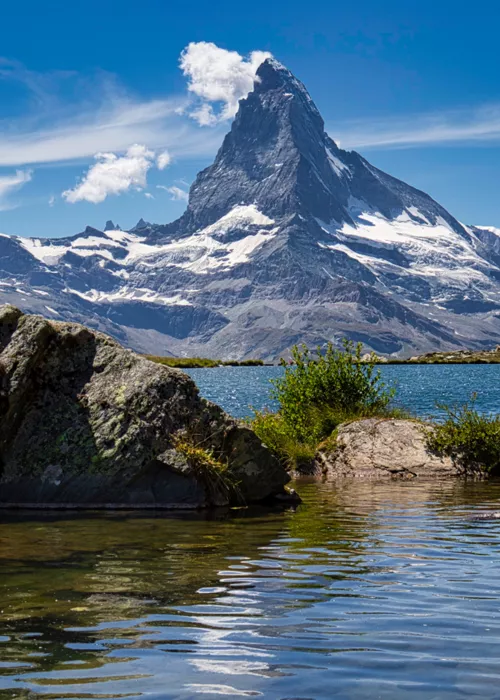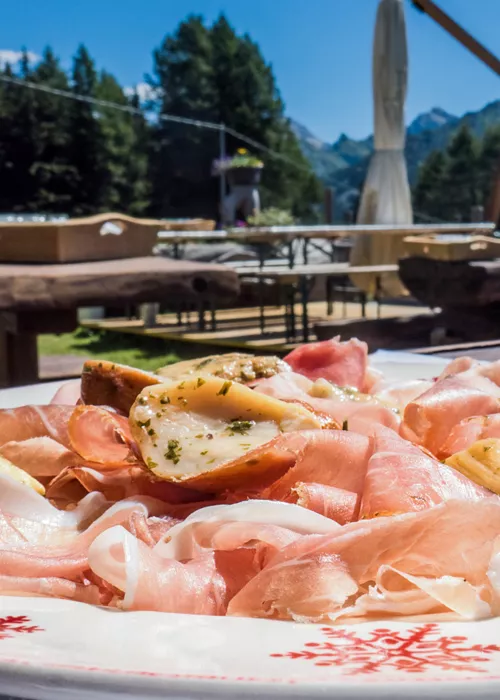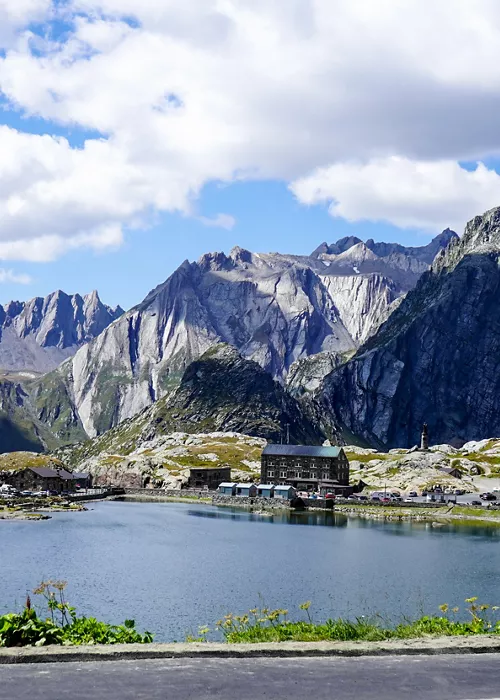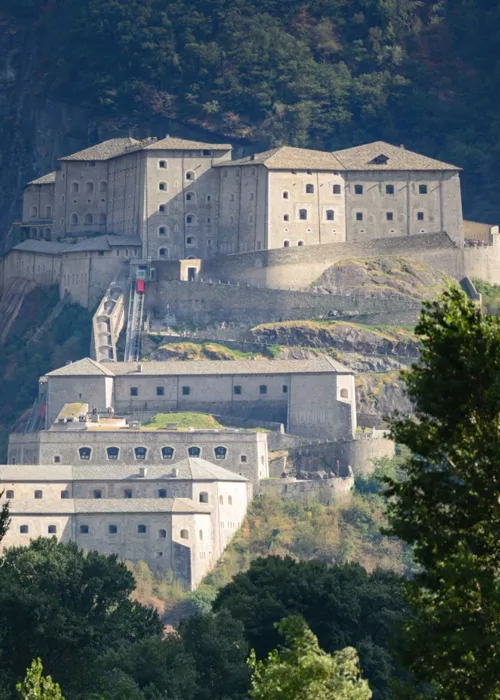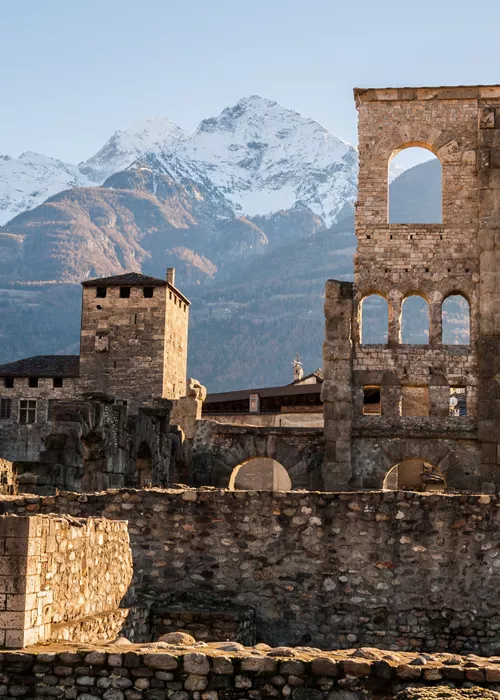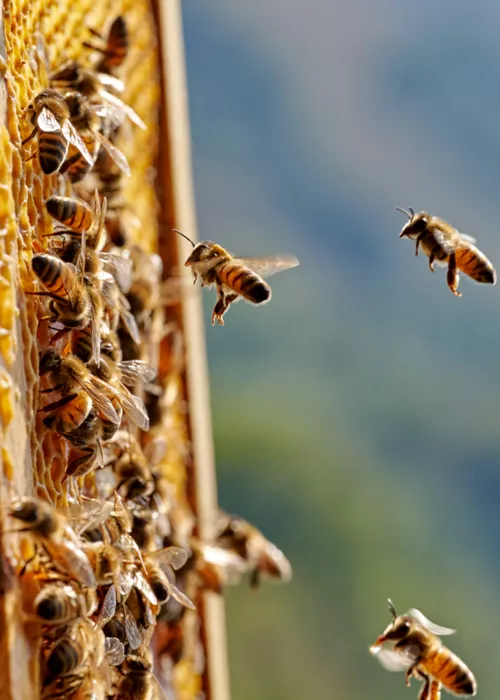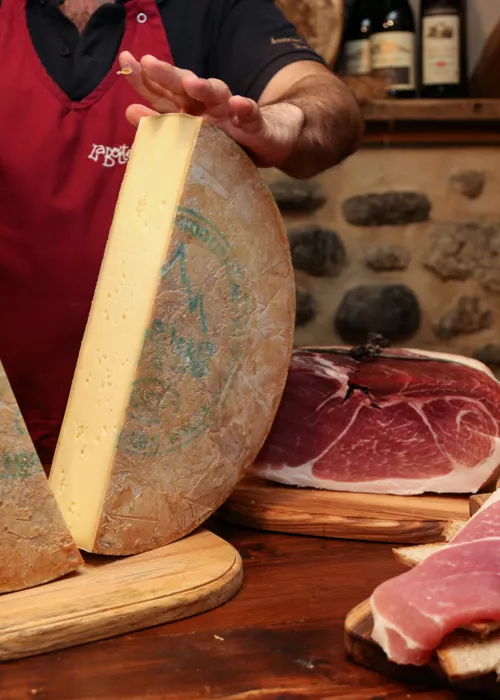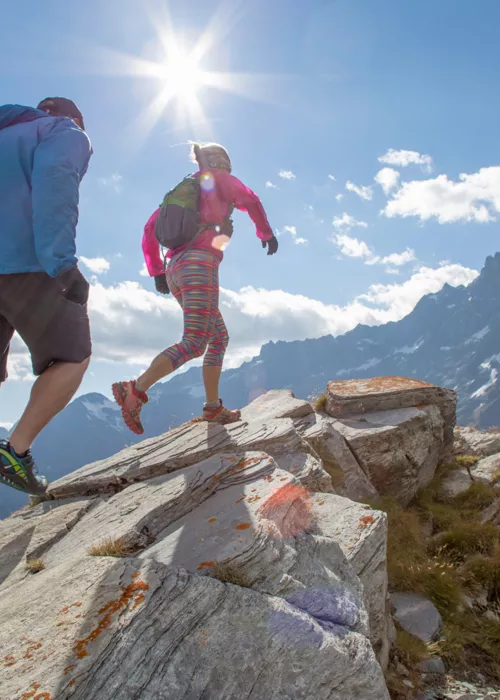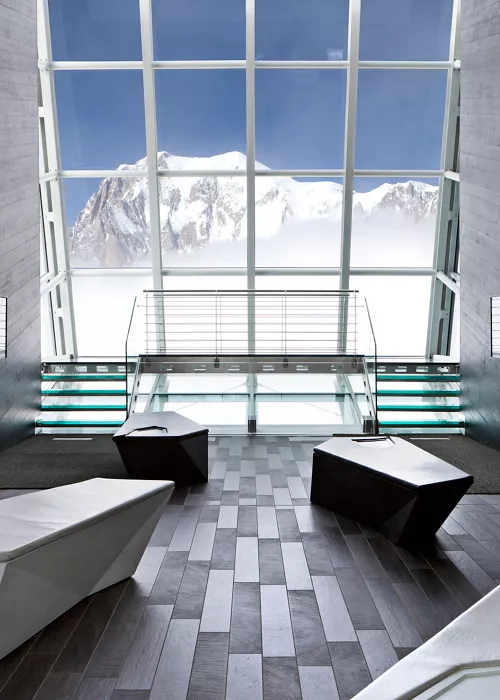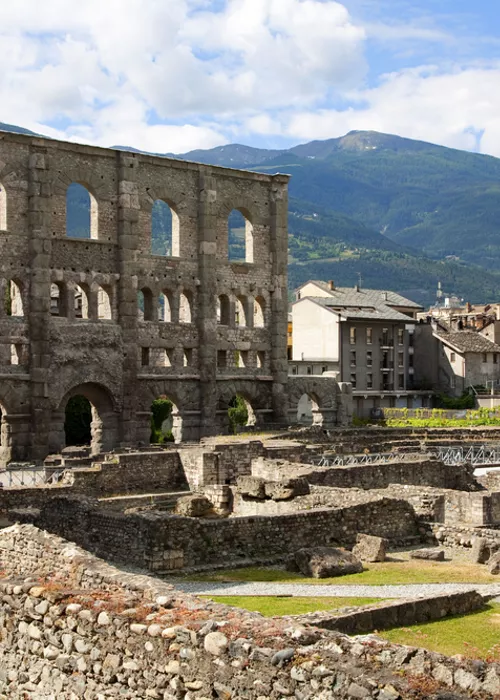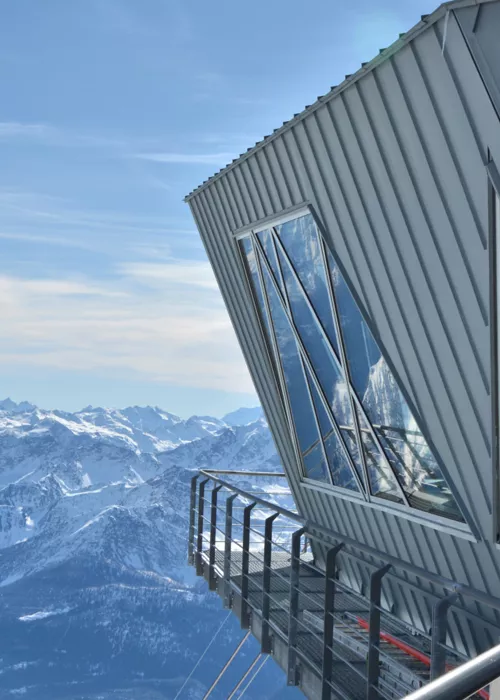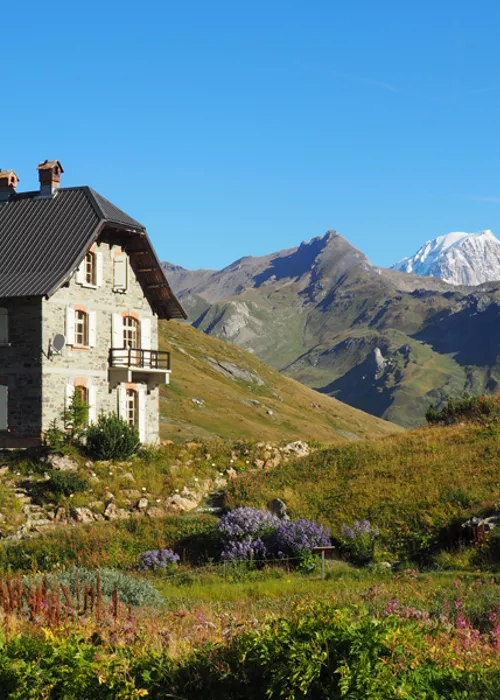Valle d'Aosta living is sustainable living
3 minutes
Natural beauty and a green lifestyle find a perfect match in Valle d'Aosta. Living in Valle d’Aosta means embracing the philosophy of sustainable tourism, also known as slow tourism or responsible tourism, which preserves the environment, improves the wellbeing of the resident communities, and promotes local development.
Whether you want to explore the region on a hike through breathtaking landscapes, take a mountain bike trip or a tour through one of the many valleys, finding the right option for every need is really easy, with the certainty of always enjoying engaging and authentic experiences.
On foot or on two wheels: the methods used are always sustainable
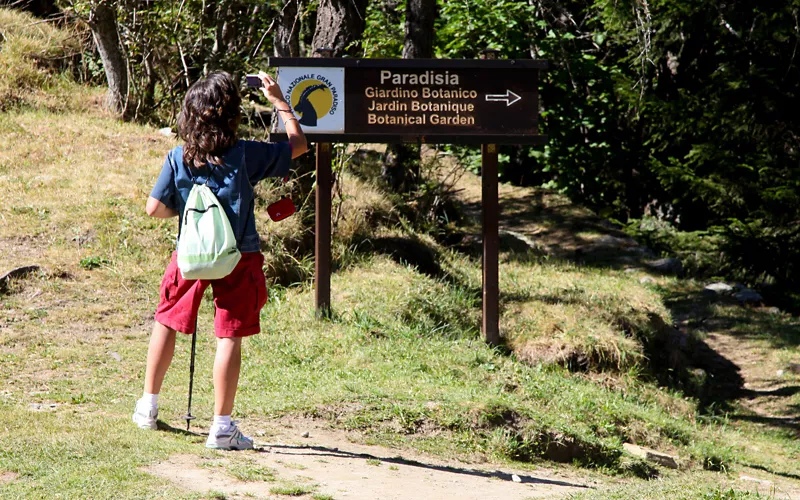
5,000 kilometres of free trails ensure that walkers can explore the entire region on foot. The Cammino Balteo, the Via Francigena, the Alte Vie, the Tour du Mont-Blanc, to name but a few, cater for both the most expert walkers and the less experienced, with single-day or longer hikes, in a nutshell, tailored to everyone's needs.
For those who would like to cover greater distances in an entirely green way, cycling offers various possibilities: from the numerous cyclotours that allow you to enjoy the beauty of the whole region, to the more than 1,000 kilometres of mountain bike trails. For thrill-seekers, in summer some ski resorts adapt their ski lifts to transport bicycles for downhill and freeriding.
Amidst parks and reserves, while protecting nature
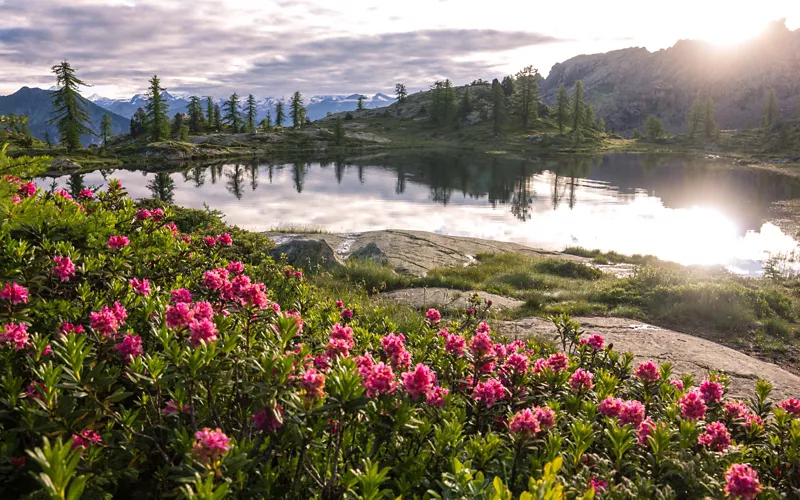
In Valle d'Aosta, understanding nature goes hand in hand with a tangible commitment to preserving it. The Gran Paradiso National Park, the Mont Avic National Park, the ten reserves, the nineteen sites of the Natura 2000 ecological network and the four Alpine botanical gardens provide an extraordinary opportunity to learn more about the territory while experiencing nature to the full.
The Visitor Centres in each valley also make sustainable tourism educational, because each one is designed to tell the story of the characteristics of the area, with its cultural, faunal and geomorphological aspects. These places are also just about perfect for children, who can learn while having fun through educational laboratories, workshops and entertaining activities tailor-made for them. The naturalist guides then ensure an immersive journey through the special qualities of each place, which will amaze even the most discerning travellers.
Chamois and the other villages where sustainability reigns supreme
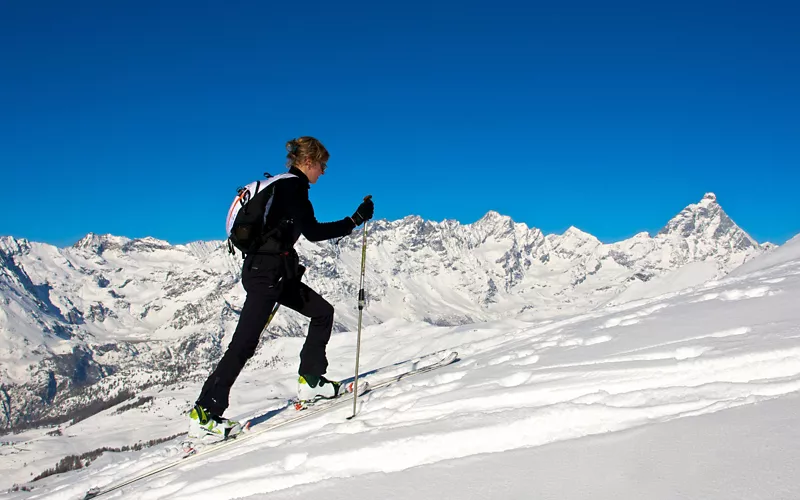
Chamois fully embodies the green soul of the Aosta Valley. The village has a population of one hundred inhabitants, at an altitude of 1,800 metres. There are no cars, and it can only be reached by cable car, on foot or by bicycle. A corner of tranquillity in Valtournenche that is the perfect destination for anyone who wants to escape the city chaos, to experience a slow pace, in an unspoilt and boundless landscape.
Chamois is among those destinations suitable for anyone wishing to take time for themselves: small, lesser-known villages, where nature marks the rhythm of time and the pleasure of small things has remained intact. Valpelline, Valsavarenche, Valgrisenche, the villages of the lower Gressoney Valley and the Champorcher Valley also fall into this category. Visit them and you will experience an authentic immersion in nature: many are located in protected areas, in places where simple architecture in stone or wood is discreetly and harmoniously integrated with the natural environment, creating a perfect balance. The accommodations where you can stay are surrounded by meadows, pastures and vineyards, for a slow, detox holiday.
All-round sustainability: food and electric cars
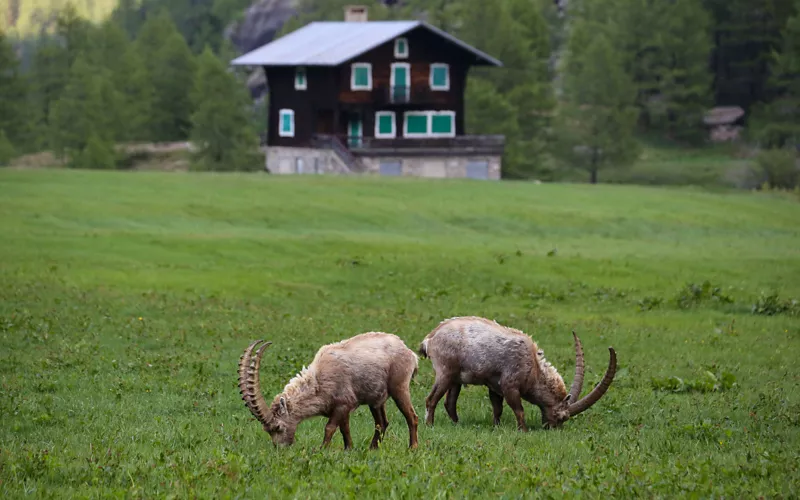
For authentic Valle d'Aosta living, sustainable also means zero km. Visiting farms, tasting typical dishes, spending the night and participating in tasting events gives the holiday a truly authentic and genuine flavour.
Numerous autonomous initiatives have become the hallmark of this nature-oriented way of life that enhances local cultures and traditions, respecting the environment, the land and those who inhabit it. The Green Vallée d'Aoste project, for example, was developed by a number of Valle d'Aosta businesses that want to offer an eco-sustainable way of holidaying based on green mobility. The accommodation facilities that form part of the network make it possible to combine a room reservation with the rental of an electric car at a very affordable cost. Whether you pick up the car from the station or airport in Turin or Aosta, reaching your destination and moving around the territory in an environmentally sustainable, easy and pollution-free way is really simple.

